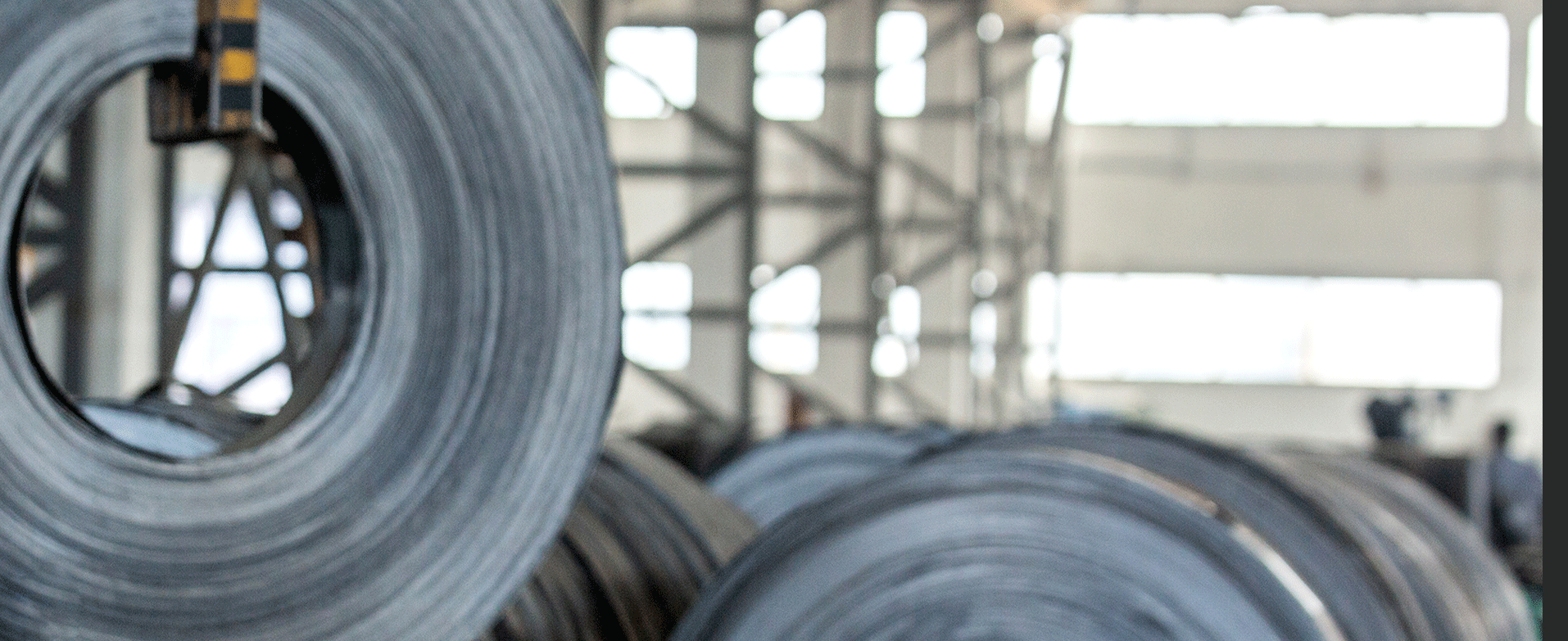
Sustainability
Committed to a Sustainable Future!
SUSTAINABILITY
We use environmentally friendly practices in our production processes and develop products that contribute to energy efficiency and reduce the environmental impact of constructions.
Aluminium is our material of choice. Aluminium offers considerable advantages in terms of sustainability, thanks to its recyclability, durability, energy efficiency, and adaptability. It contributes to the construction of greener buildings and reduces environmental impact throughout the life cycle of constructions.
Why choose aluminium:
1. Recycling
Aluminium is highly recyclable and can be recycled infinitely without losing its properties. Recycling aluminium consumes only about 5% of the energy required to produce new aluminium from bauxite, significantly reducing the carbon footprint associated with the production of new materials.
2. Durability and Longevity
Metal materials, including aluminium, are known for their durability and corrosion resistance. This results in an extended lifespan for structures and components, reducing the need for frequent replacements and consequently generating less waste.
3.Weight Reduction and Structural Efficiency
Aluminium is lightweight, making it easier to transport and handle, while also reducing the load on foundations and structures. This can lead to less use of support materials and, therefore, a lower environmental impact during construction.
4.Energy Efficiency
Aluminium profiles are widely used in window and façade systems due to their excellent thermal insulation properties. This can significantly contribute to the energy efficiency of buildings, reducing the demand for heating and cooling, and thus energy consumption.
5. Versatility and Flexibility
Aluminium is easy to shape, cut, and join, allowing for great flexibility in design and construction. This facilitates the implementation of innovative and efficient architectural solutions that can incorporate sustainability aspects, such as natural ventilation and efficient lighting.
6. Low Maintenance Costs
Due to its corrosion resistance and durability, aluminium structures typically require less maintenance over time.
This not only reduces operational costs but also decreases resource consumption and waste generation associated with frequent maintenance.
7. Compliance with Environmental Standards
The use of recycled aluminium and the implementation of sustainable production practices are often encouraged by environmental standards and certifications, such as LEED (Leadership in Energy and Environmental Design). This can improve the environmental rating of construction projects.
8. Reduction of Greenhouse Gas Emissions
Recycling aluminium results in a significant reduction in greenhouse gas emissions compared to primary production. Moreover, well-designed aluminium structures can contribute to the energy efficiency of buildings, helping to reduce operational emissions.
9. Adaptability and Reuse
Aluminium components can be disassembled and reused in new constructions or renovation projects. This promotes a circular economy and minimizes material waste in the construction industry.